The velvet tooth mushroom (Hydnellum spongiosipes) likes to swallow all manner of debris it finds in its path. From leaves to sticks to soil, if it’s in the way of this mushroom, it’ll get engulfed. This isn’t an edible species; it isn’t toxic, either. This mushroom is super tough and corky and not worth attempting to eat. It is most common east of the Rocky Mountains.
- Scientific Name: Hydnellum spongiosipes
- Common Names: Velvet tooth
- Habitat: On the ground near hardwoods, particularly oak
- Edibility: Inedible
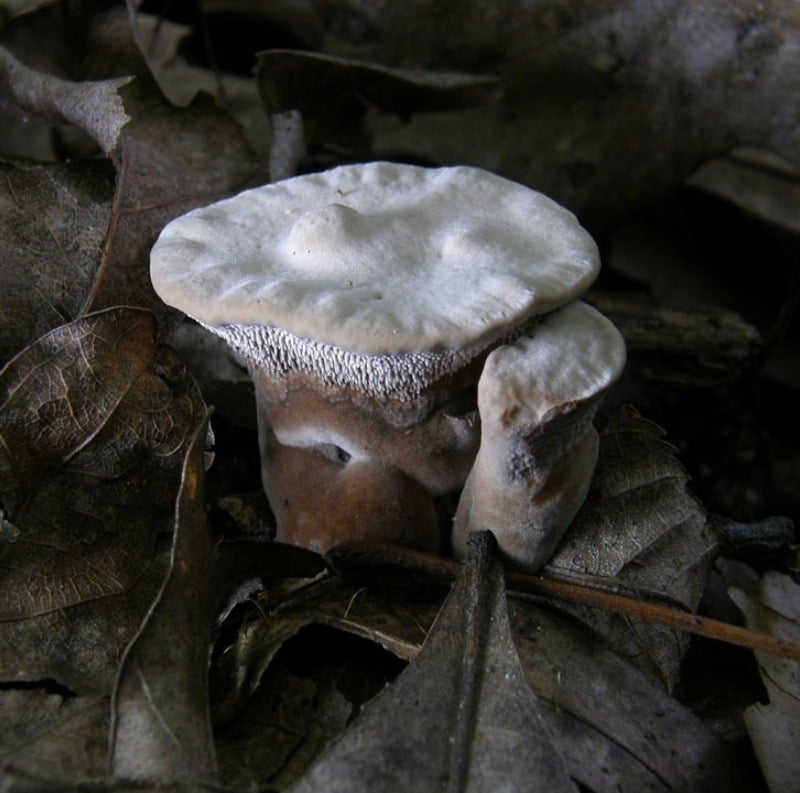
Jump to:
All About The Velvet Tooth Mushroom
The velvet tooth mushroom was first described by the American mycologist Charles Horton Peck in 1898 and classified under the genus Hydnum. However, Czech mycologist Zdeněk Pouzar reclassified it in 1960 and placed it in the genus Hydnellum.
It is unique for the teeth underneath the cap, commonly called spines, and its velvety feel. It gets it’s scientific name spongiosipes from the fact that its stem is very spongy and swollen.
Synonyms include: Hydnellum nuttallii and Hydnellum velutinum var. spongiosipes.
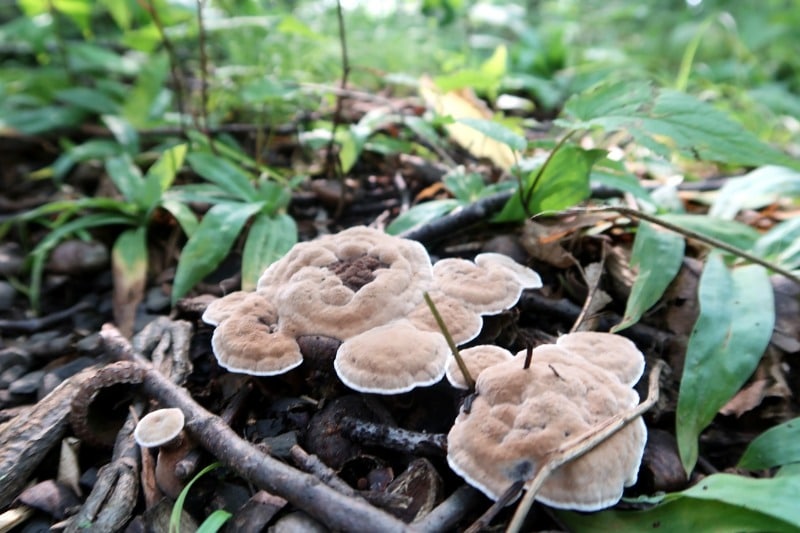
Velvet Tooth Identification Guide
Season
This mushroom shows up in summer and fall.
Habitat
The velvet tooth mushroom is a mycorrhizal fungus that forms a symbiotic relationship with oak trees, especially white oak and other hardwoods. It can be found growing alone or in groups and has a wide distribution, particularly east of the Rocky Mountains.
This mushroom always grows from the ground. It does not grow from wood or trees. They often grow in scattered groupings along the ground.
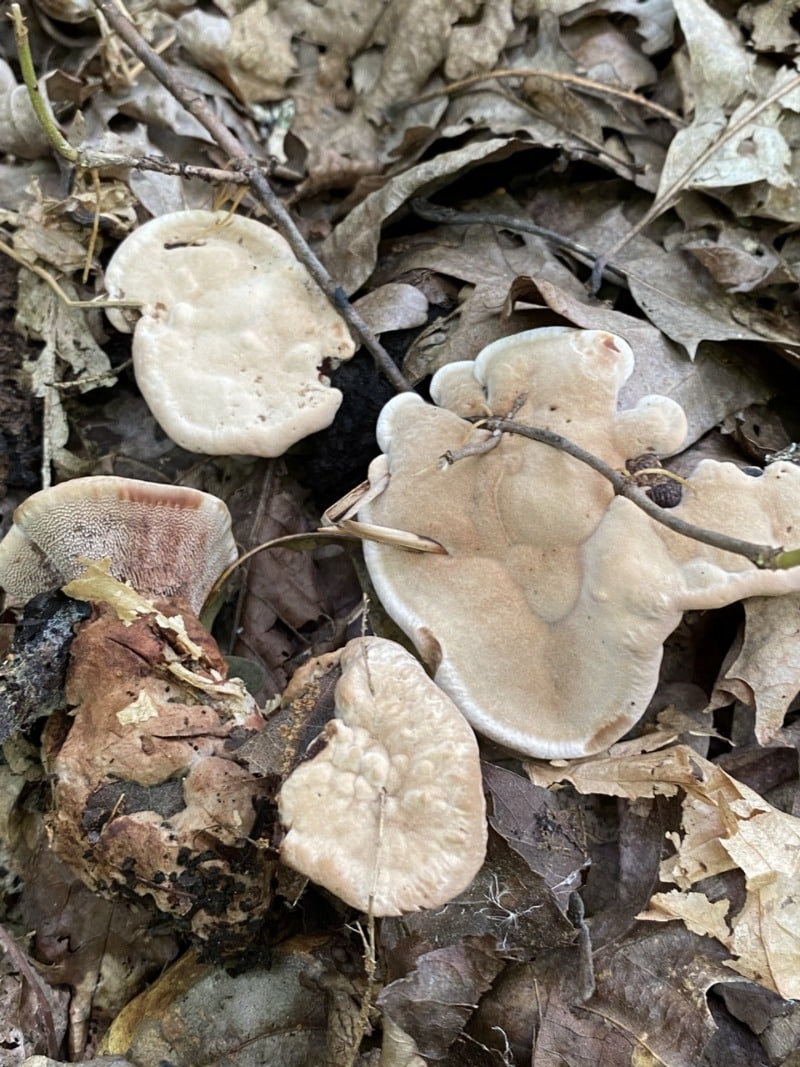
Identification
Cap
The cap of the velvet tooth mushroom typically ranges from 1-4 inches in diameter. It starts out rounded, but then the cap widens out and flattens as it matures. It varies from buff to cinnamon brown to dark brown, with paler areas that bruise dark brown. The cap surface is velvety and sometimes rugged or pitted.
The caps grow individually or often fuse together to create a wider, convoluted body. The overall shape of the mushroom is often like an hourglass, with a widened cap, skinny waist, and wide thick stem.
Pores
The underside of the cap is covered with crowded spines that are pale to lilac brown. The spines range from 4-7 mm in length and run down the stem. These spines may bruise dark brown and become darker brown with age.
Stem
The stem of the velvet tooth mushroom ranges from 1.2-4 inches in length. It is club-shaped, swollen, and significantly thicker below. The texture is spongy and velvety, much like the body. The lower section of the stem is dark-brown and velvety.
Flesh
There are two distinct layers of flesh. The upper layer of the flesh is pale brown and fairly soft, while the lower layer is dark brown to purplish brown and corky in texture.
Odor and Taste
The velvet tooth mushroom has a mealy or mild odor, which is not particularly distinctive. Its taste is also mealy or mild.
Spore Print
The spore print of the velvet tooth mushroom is brown.
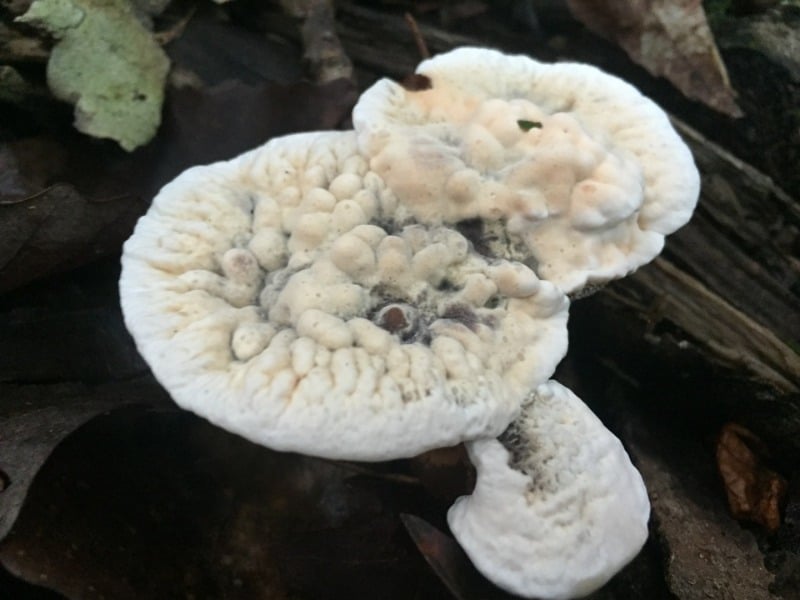
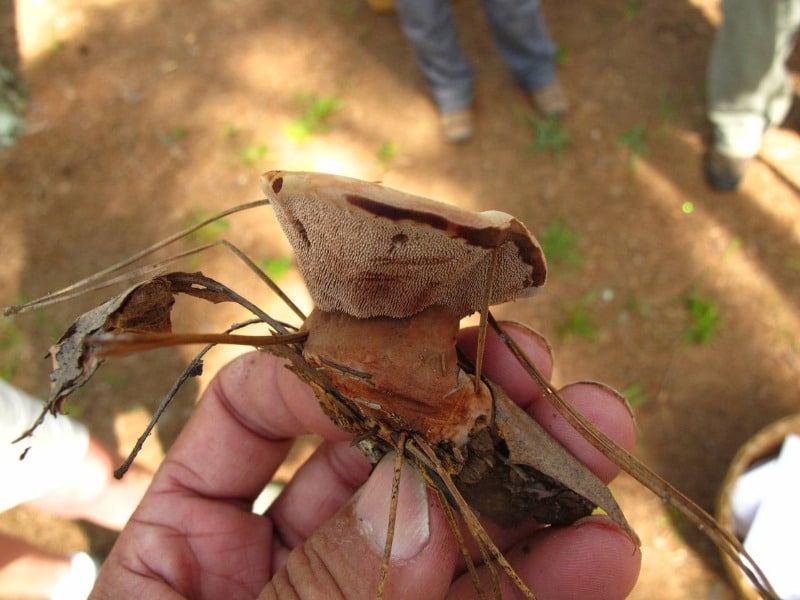
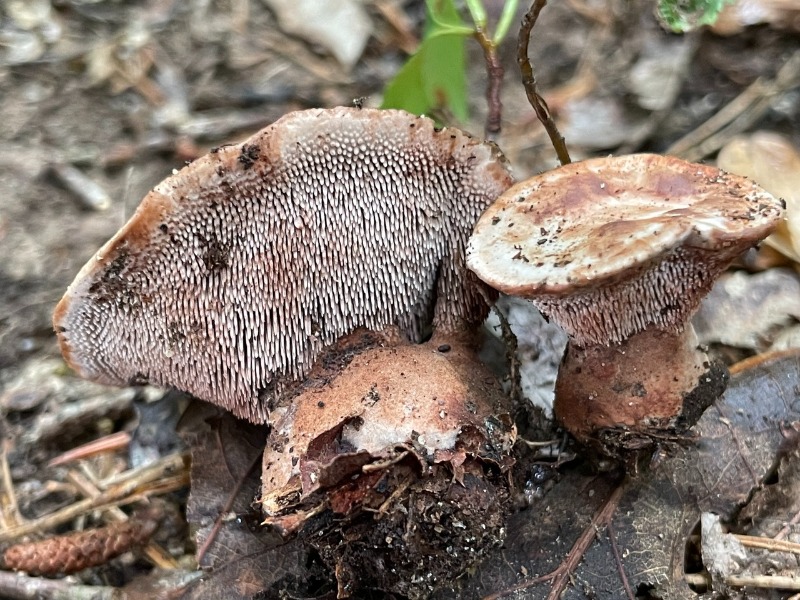
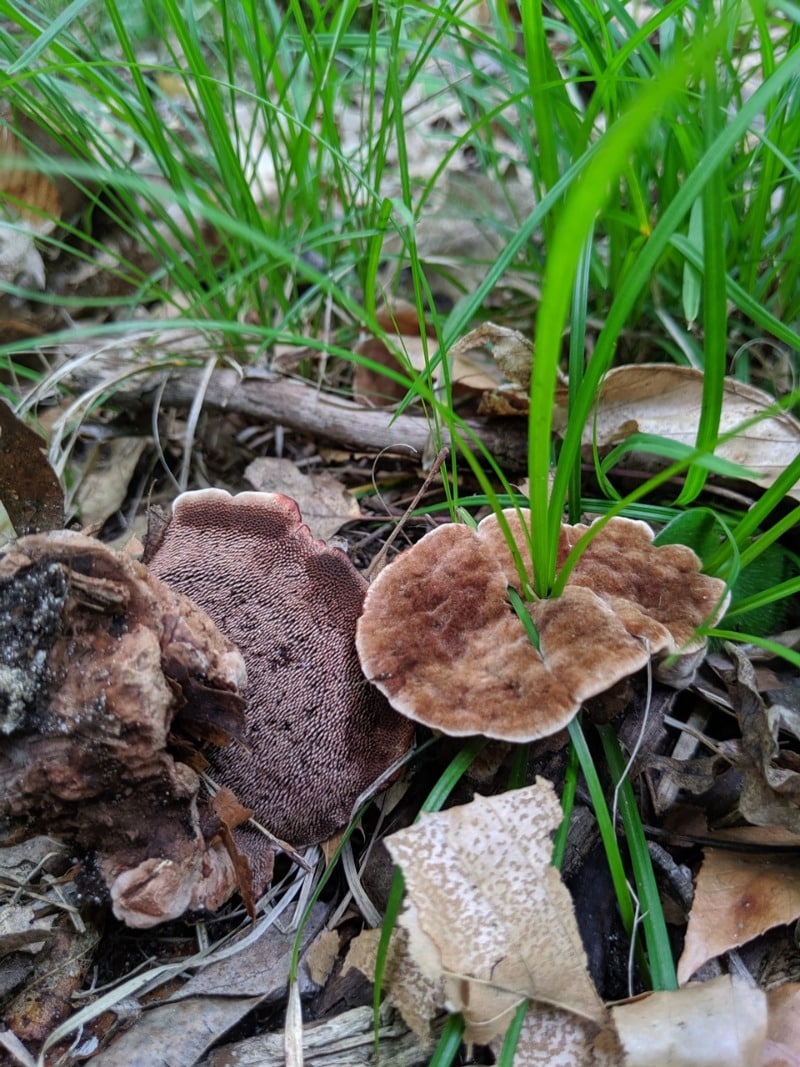
Velvet Tooth Mushroom Lookalikes
Devil’s Tooth (Hydnellum peckii)
The devil’s tooth mushroom shares a similar habitat and tooth-like structures but can be identified by its bright red or pinkish colors, which are absent in the velvet tooth mushroom. Devil’s tooth looks like it’s “bleeding” when young or that someone dropped strawberry jam on it.
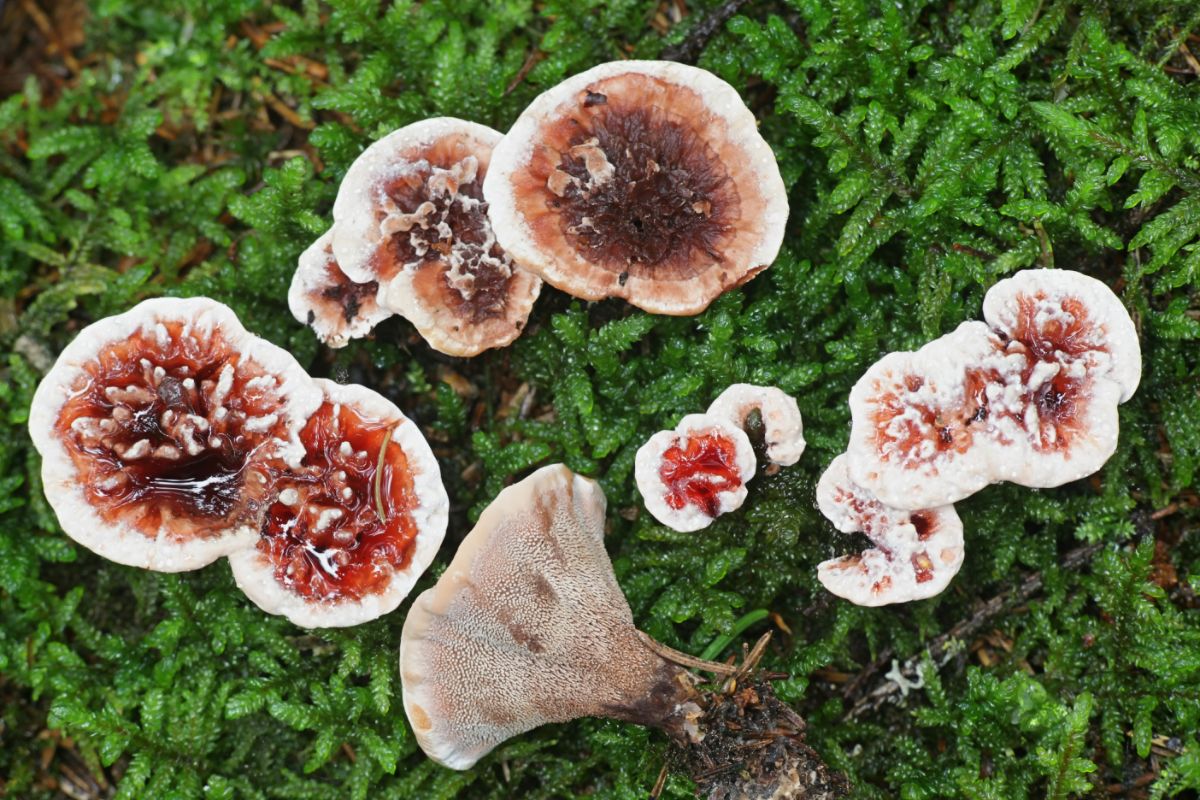
Hydnellum velutinum
Some North American authors consider this a synonym for Hydnellum spongiosipes. It was previously considered a separate species but is now recognized as the same.
Mealy Tooth (Hydnellum ferrugineum)
This extremely similar species is also considered a synonym for the velvet tooth. But, in this case, it was just a matter of authors lumping the two almost identical species together based on looks. Recent analysis does indicate this is a separate species.
The mealy tooth fungus lacks the spongy stem and has a more reddish hue. It also grows exclusively with conifers, which is a key way to tell these two species apart.
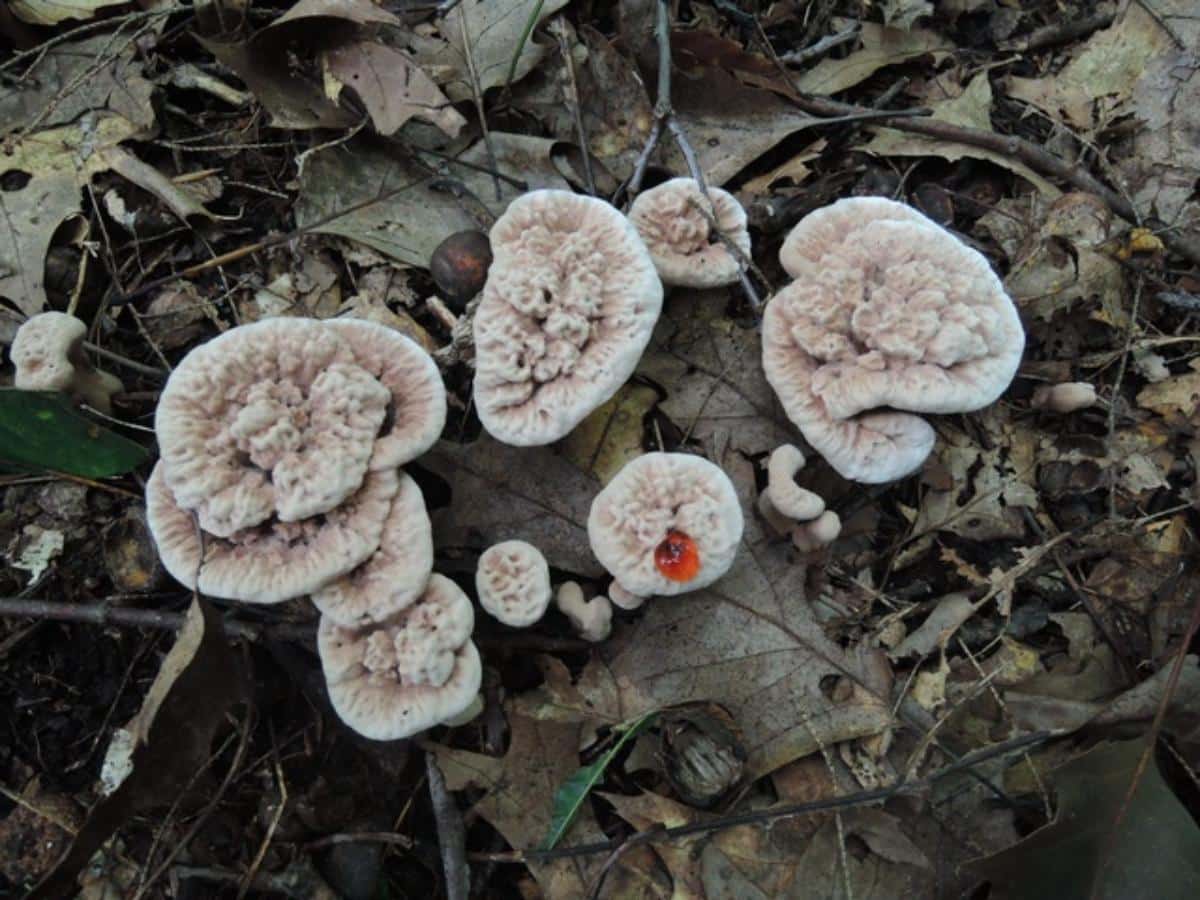
Velvet Tooth Edibility
The edibility of the velvet tooth is not well-documented. It is generally considered inedible due to its tough and cork-like texture. However, some sources suggest that younger specimens may be edible after thorough cooking.

Common Questions About Velvet Tooth Fungi
Are tooth fungi edible?
It depends on the species. There are many toothed fungi, From this velvet tooth which is not toxic but also inedible due to texture to lion’s mane which is a very highly desirable species, edibility varies. To know if a toothed mushroom species is edible, you have to positively ID it.
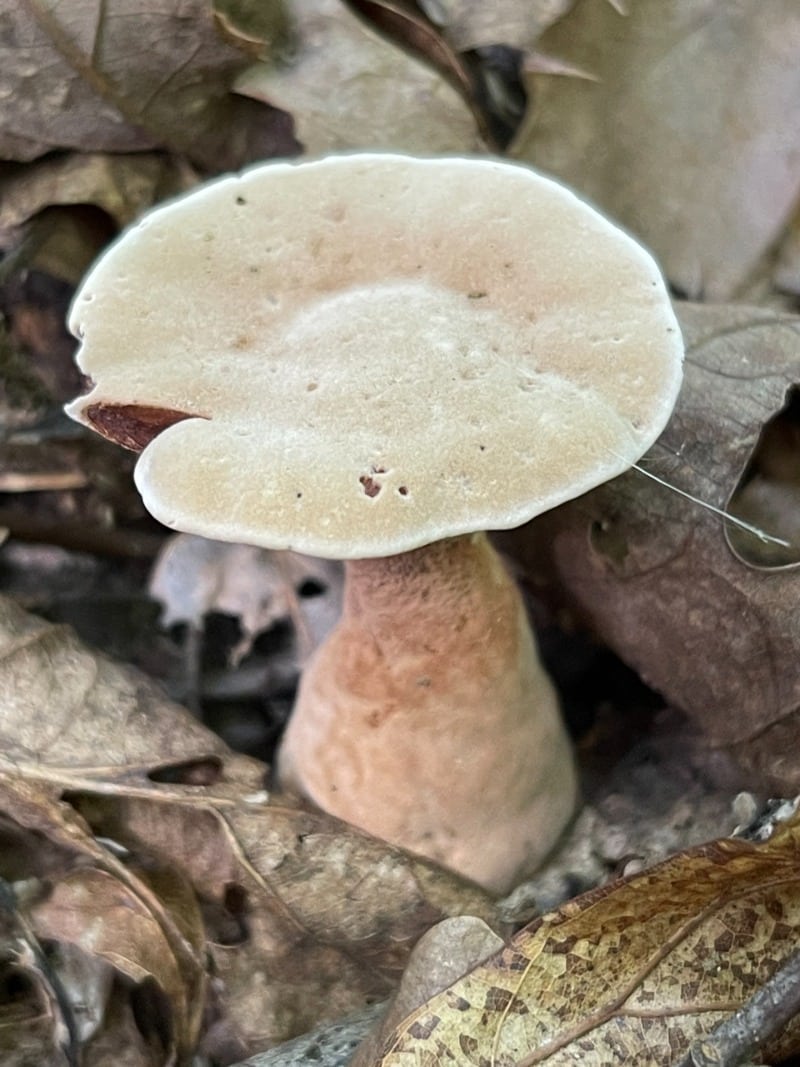
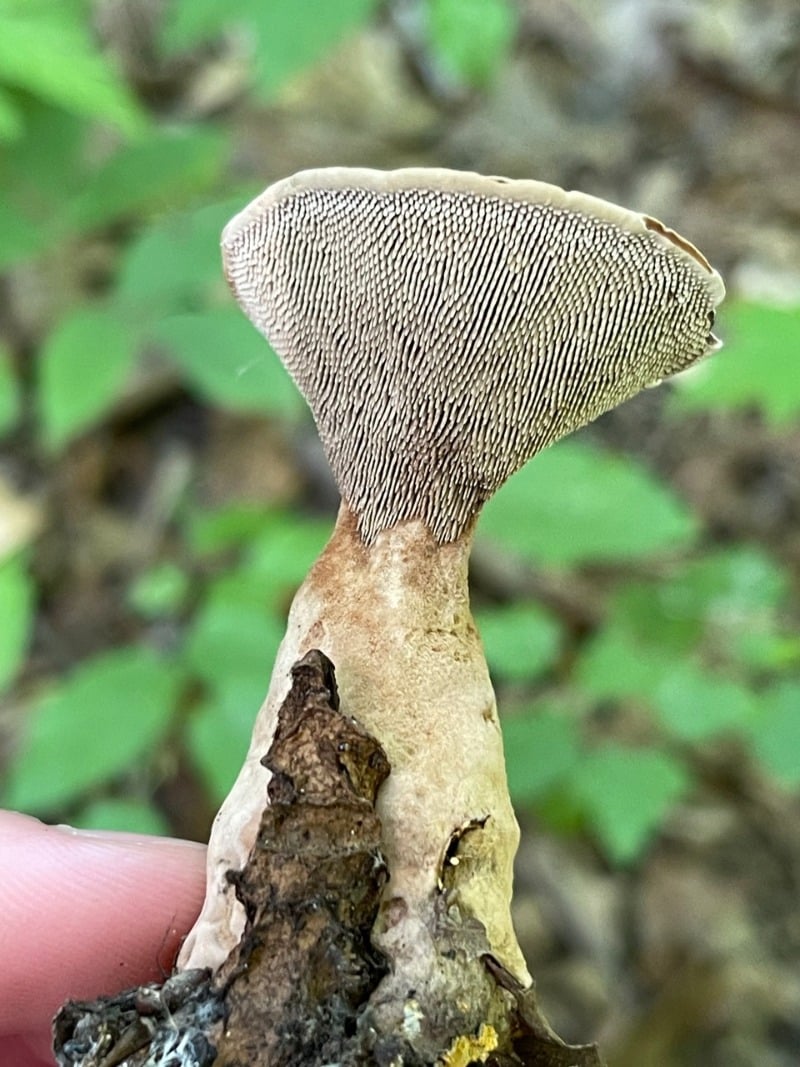









Leave a Reply